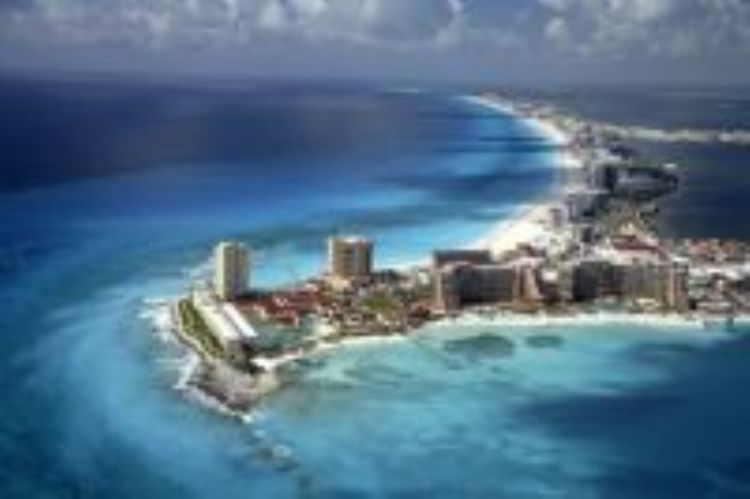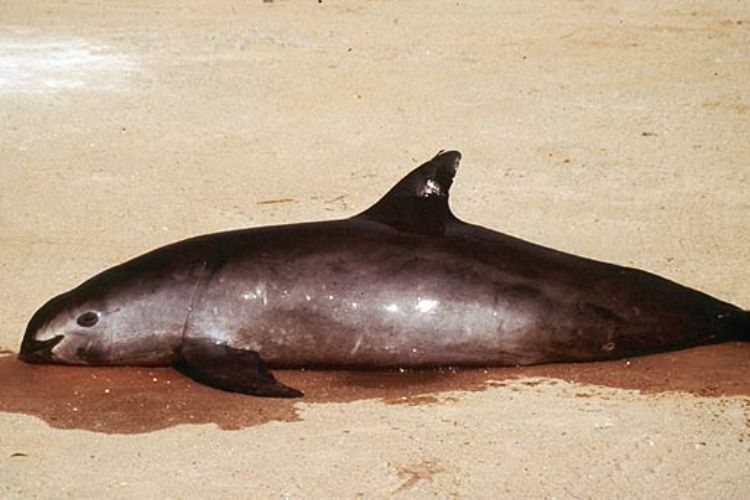.jpg)
About Cozumel

San Miguel de Cozumel is its full name and the main city of the island called Cozumel. It is also the head of the municipality called Cozumel and second oldest city in the State of Quintana Roo. Its name comes from the native Maya language (cuzamil) which means "âIsland of Swallows"â. The island of Cozumel is one of the eight municipalities of Quintana Roo, located to the southeast of the Mexican territory, some 50 kilometers from Cancun and constitutes the largest and most populated island in Mexico. Currently, Cozumel is the main cruise ship port of Mexico and one of the largest in Latin America and the world.
Before the arrival of the Spaniards, between the VI and XVI centuries, this island was part of the Ekab territory, one of the four Mayan regions of what we now know as Quintana Roo. During the Mayan era, Cozumel was one of the many sanctuaries dedicated to the goddess Ixchel, who was the deity of weaving, procreation, happiness, the Moon, abundance and fertility, among other virtues. The Mayan dwellers mainly did two types of pilgrimages to this island, one by couples to request a child from the goddess and another by farmers to ask for good crops. In this island Kukulkán was also worshiped, one of the main deities of the Mayan pantheon; it is also believed that the oracle was here, which prompted pilgrimages to this island in a greater number than to other sanctuaries.
In 1511, after shipwrecking, Spaniards Jeronimo de Aguilar and Gonzalo Guerrero reached this island, where they stayed and lived for two years with the Indians. On the 3rd of May in 1518, Juan de Grijalva disembarked in Cozumel, which he called Santa Cruz (in honor of the day he got there) and a year later the ship of Pedro de Alvarado, which was part of the third expedition by Hernan Cortez, reached this town with the sole purpose of ransacking the area, especially its sanctuaries. Afterwards, Cortez tried to start reconciliation with the Indians, for which he used Jeronimo de Aguilar as translator, while Gonzalo Guerrero stayed beside the Indians and later performed an important role in their rebellion. Equally, by marrying a Mayan Indian woman he formed Mexico's first mestiza union.
In 1542 this whole region became completely and quickly conquered and subdued by Francisco de Montejo ("âThe Nephew"â) and it is said that the province of Ekab (to which Cozumel belonged) quickly swore obedience to the Spanish crown, reason for which this whole region avoided being a scenario of bloody battles.
From the XVI to the XIX centuries (Colonial era), Cozumel island was one of the main bases for the pirates of the Caribbean, who took advantage of its strategic position and scarce population. By the mid XIX century this whole area, including Cozumel, was the center of a strong migration of people from Yucatan because the War of the Castes was affecting many territories, while these islands were kept isolating from that conflict, thus representing a safe zone. Afterwards, by the beginning of the XX century, the territory of Cozumel was also united by the chicle and lumber economy of that era; and due to the peak of these activities, in 1924 the island saw the beginning of its hotel and tourism development, when the region's first hotel "âLouvre"â was constructed. It was followed by two more hotels, the "âYuri"â in 1932 and "âPlaya"â in 1938.
The years following the development of this region were affected by the economic crisis of 1939 and the postwar era of 1946, it wasn't until the end of the 1950's when Cozumel was "âdiscovered"â by grand tourism, starting the boom and tourism development including hotel, cruise ship and recreation sectors.
Today, despite its development, Cozumel continues to be an island that maintains most of its natural state with almost 90% of its territory uninhabited. It is considered the first receiving port for cruise ships from all over Mexico, the third in the Caribbean and fifth in the World with a modern port infrastructure mainly by 3 international cruise ship terminals, the tourism marine Banco Playa, the ferry terminal and the marine terminal San Miguel, providing service to tenders, tourism ships and passenger ships.
Also, this beautiful city is one of the main tourism centers of Mexico, each year receiving a little more than two million visitors, for which it has the proper tourism infrastructure, making this the region's main economic activity, together with everything related to the port sector.
Finally, it is worth mentioning that this thriving population continues struggling to recover from the disaster of 2006, when the entire city and its little more than 73 thousand permanent residents (50% men and 50% women, approximately) were gravely harmed by Hurricane Wilma.
Articles Releated with Cozumel
.jpg)

Cancún, one of the Best Mexican Destinations
Cancun is Mexicoâs most important tourist destination, ...


Hot Air Balloons in Mexico and the International Balloon Festival
Since ancient times, man has dreamed of flying. The first...

Endangered Biodiversity in Mexico
The United Mexican States are characterized by their dive...

Most Viewed


Attractions in Boca del RÃo Veracruz
Boca del Río is only 12 Km. south of Veracruz, on ...

